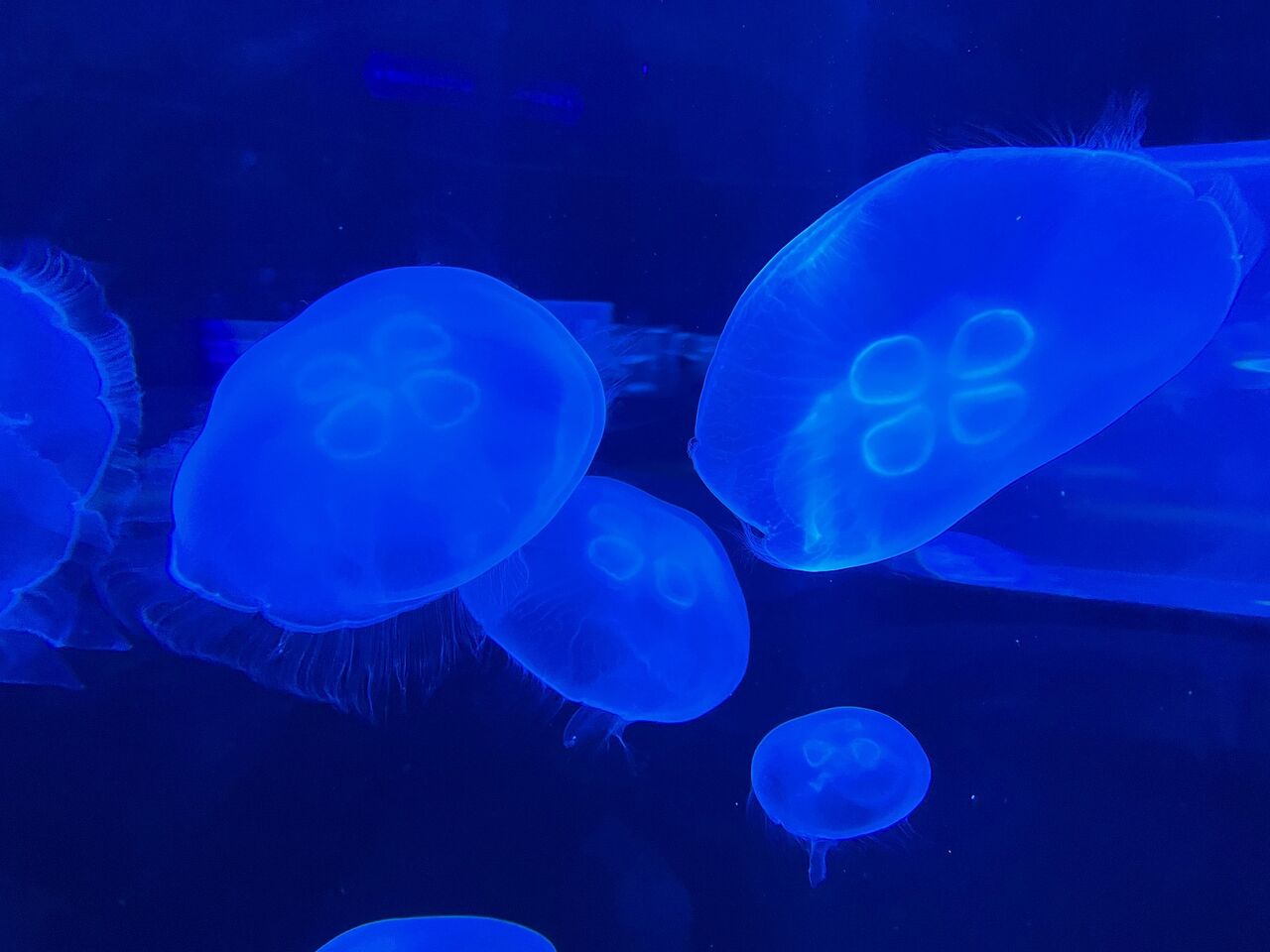If you’ve visited the Two Oceans Aquarium, then you know that the jellies in our Jelly Gallery are among the most majestic animals to look at. If you haven’t popped in yet, we suggest you come and check them out ASAP! Anyway, jellyfish, while being fun to stare at, are more than just aesthetically pleasing. These beauties are quite complex and possess some interesting traits that many people do not know about. So, here are some jelly facts that you’d never guess by just looking at them.
1. Jellies are the quickest on Earth.
If you’ve seen these animals move and concluded that they do everything at a slow pace, then you’re mistaken. Jellyfish possess stinging cells known as nematocysts, that fire small venom-filled barbs called cnidae. The process whereby these cells are fired is the quickest biological event in nature.
The venomous cnidae accelerate at about 5.4 million times the force of gravity when it's fired! If you’re not too sure how fast that is, we’ll help. That’s 4.4 million times quicker than a Tesla Roadster and 500 000 times quicker than - wait for it - the blink of an eye! A box jelly sting can exert pressure of up to 7.7 gigapascals on its prey, which is about 350 times the pressure of an armour-piercing rifle bullet striking a hard target. As the cnidae are quite small, there is not enough force for us to feel that pressure, however it is enough to pierce the skin of most animals.
2. Jellyfish are more dangerous than sharks.
Each year, roughly 100 to 500 people are killed by jellyfish stings. The people mostly affected by this are kids under the age of 12 in the Indo-Pacific, particularly the Philippines.
The number of deaths as a result of jellyfish stings is almost a hundred times higher than shark-related deaths. Many of the deaths are because of inadequate medical facilities, poor warning systems about the presence of jellyfish and ‘old wives’ tales” cures for jelly stings, which actually make them worse.
3. Dance time!
On a bit of a lighter note, one of the things not many people know about jellyfish is that some box jellies perform a mating dance. This is quite impressive, considering that jellyfish are considered “brainless” animals.
4. Jellyfish are quite popular food dishes.
On estimate, about a million jellyfish are caught for food annually. That number is quite high if compared to fisheries of other invertebrates. To put it into perspective, there are 280 000 tons of lobster, 150 000 tons of krill, and 370 000 tons of octopus caught annually. After shrimp and squid, jellyfish are the most caught pelagic invertebrates.
5. Jellyfish could save the ocean from microplastic.
It has been discovered by an international collaboration called GoJelly has discovered that the mucus excreted by the common moon jelly and nomad jellies are able to absorb tiny particles of microplastic. When the mucus sinks, the plastic is carried with it. GoJelly is working on a filter system that can harness this phenomenon in an attempt to reverse some of the plastic pollution problem affecting our oceans.
Well, there you have it! A much more complex animal than most people think. So, now when you take a moment to stop by the Two Oceans Aquarium Jelly Gallery, remember that the jellies are a lot more than what meets the eye, even though what meets the eye is absolutely marvellous!





